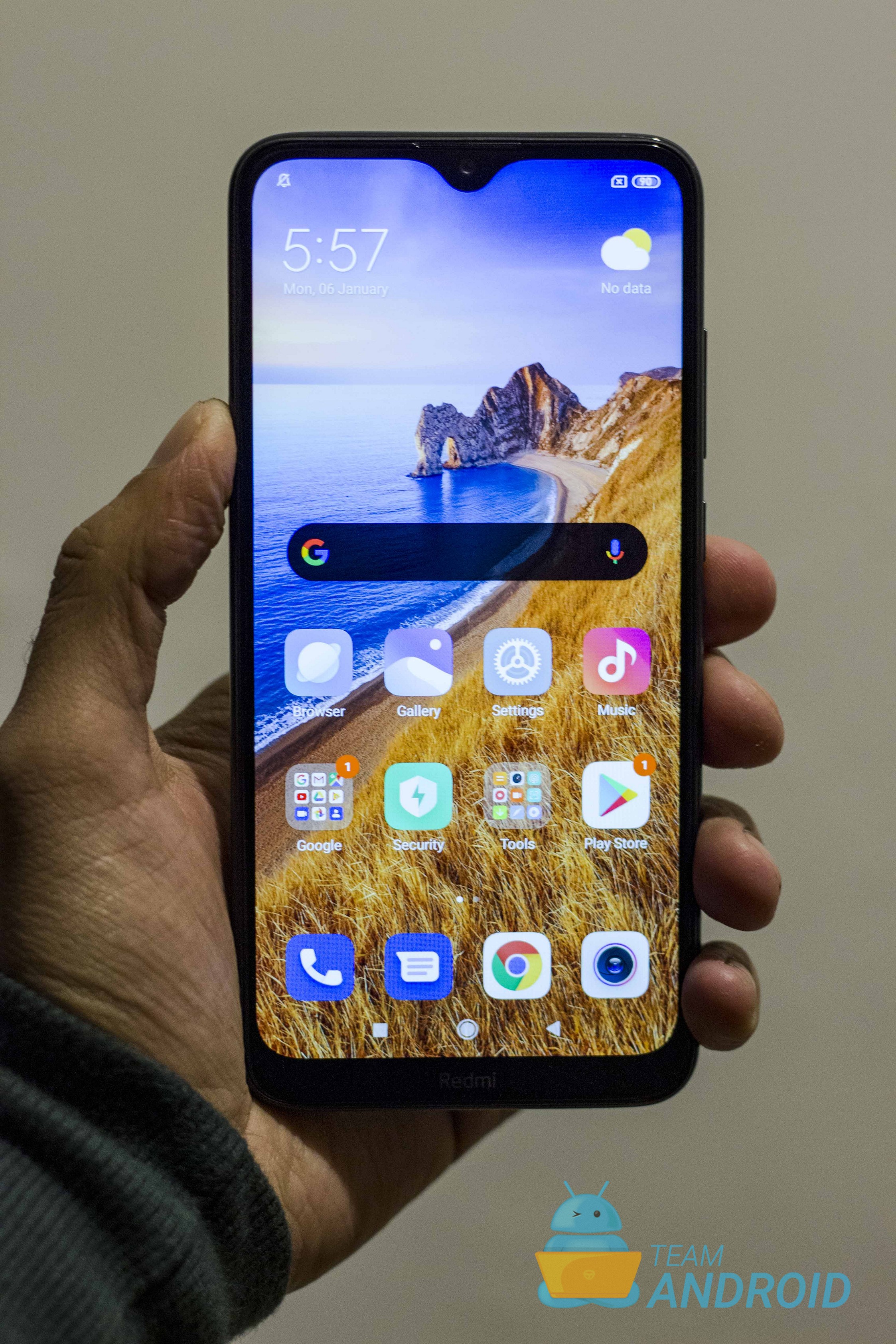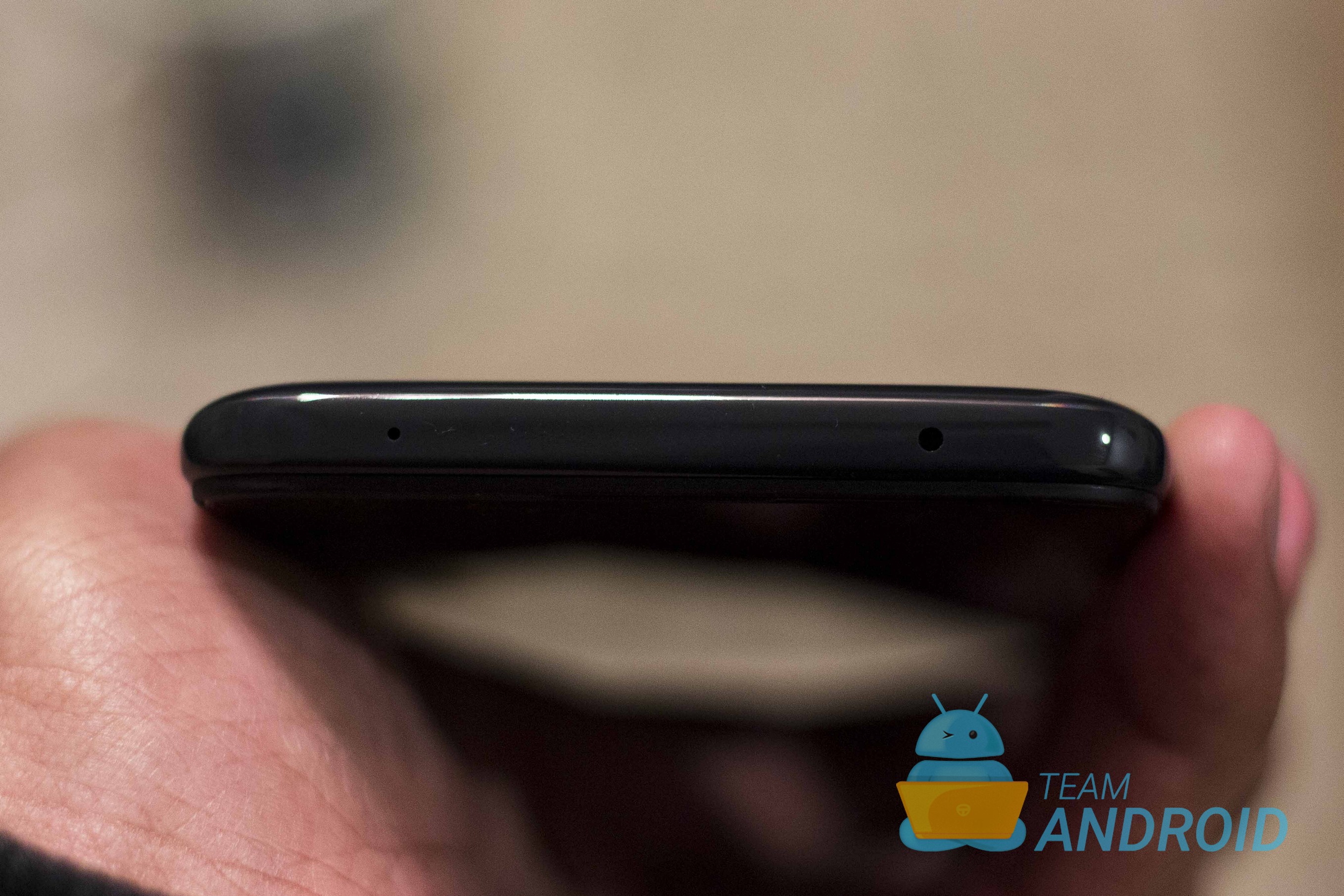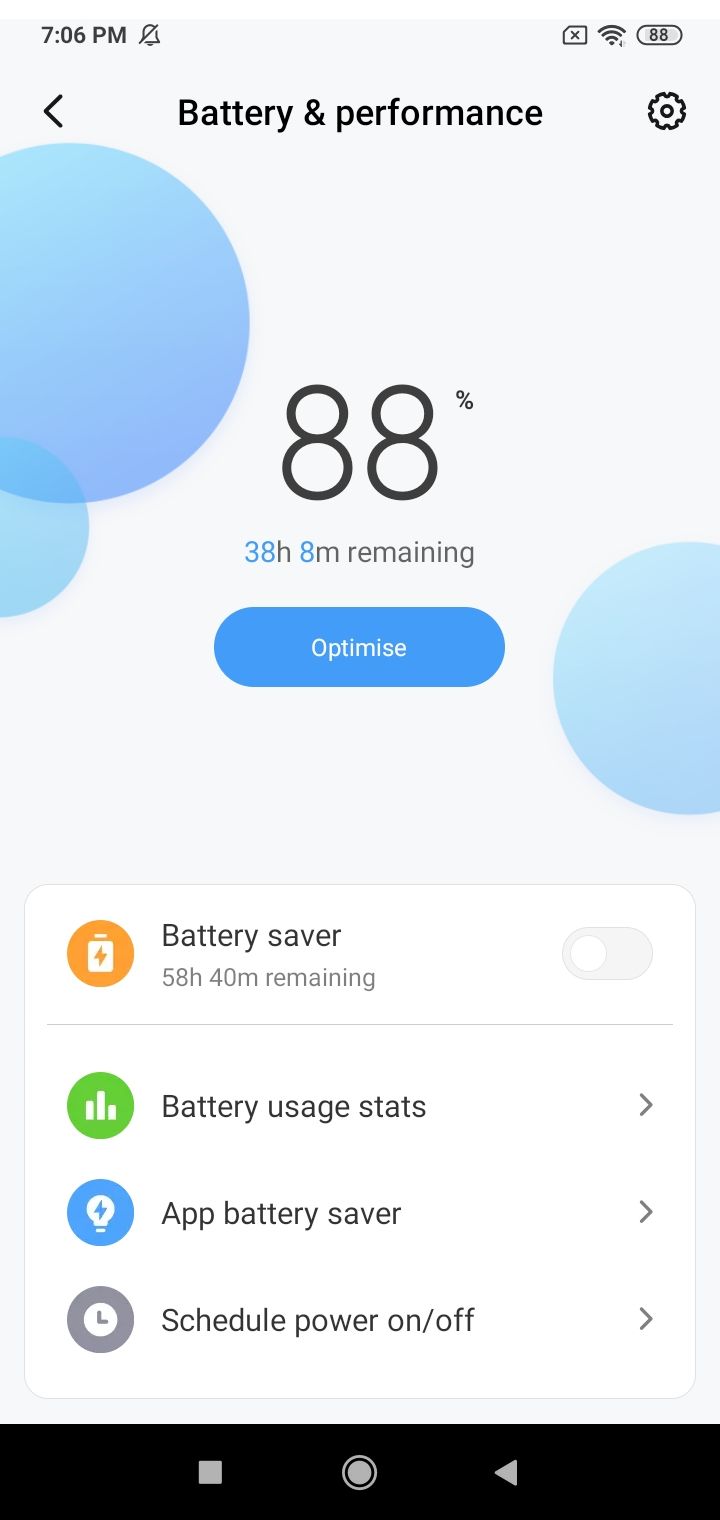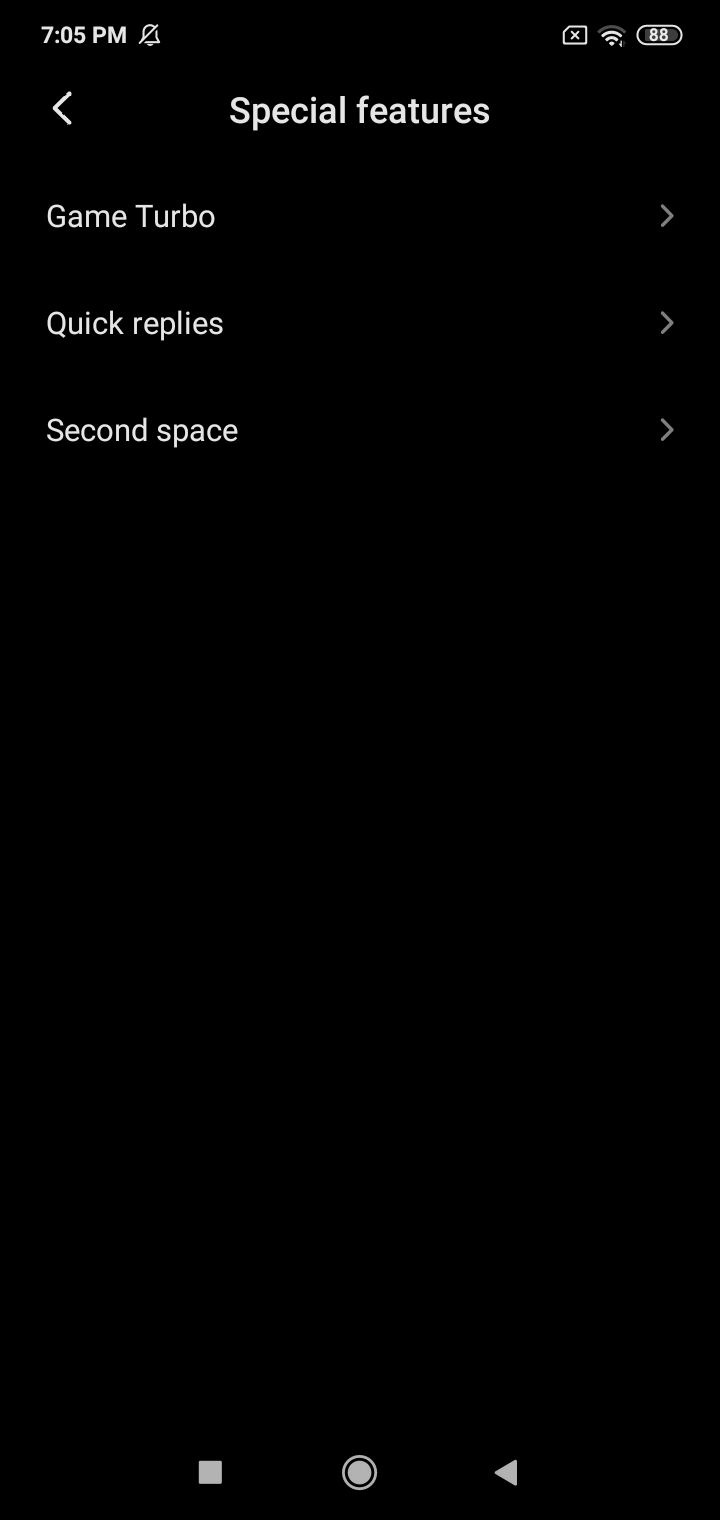Xiaomi is back again with another budget-focused Android phone, the new Redmi 8. Succeeding the older Redmi 7, latest edition is an amalgamation of improvements and refinements. Redmi 8 comes with a rethought exterior, different dimensions and new color finishes. Surprisingly, it hasn’t been a complete year since Redmi 7 initially launched but does the new phone make enough improvements to justify that? Let’s discuss in our complete Xiaomi Redmi 8 review ahead.
Redmi name from Xiaomi has always been focused towards providing budget, or more aptly put, value-focused phones. New Redmi 8 builds on this and tries to hit a sweet spot of entry-level pricing coupled with 2019 hardware that is all packaged in a clean design. Fast paced technology means the market is continuously evolving. With more and more options available, Redmi 8 faces tough competition. Fortunately, for our readers, we will be discussing exactly how it stacks up. If you are interested in what comes inside the box, you can check Redmi 8 unboxing video.

Let’s view the tech specs for Xiaomi Redmi 8:
- Network: (GSM / FDD / TDD / WCDMA)
- Display: 6.22-inch Display (1520 x 720)
- Processor: Snapdragon 439
- OS: Android 9.0, MIUI 11
- Camera Rear: 12MP + 2MP
- Camera Front: 8MP, f/2.0
- Connectivity: USB Type-C, Bluetooth 4.2 and 3.5mm Headphone Jack
- Memory: 3GB RAM + 32GB Storage / 6GB RAM + 64GB Storage
- Dimension: 156.5×75.4×9.4mm
- Battery: 5,000mAh
Redmi 8 Review: Exterior and Design

With entry level phones, customers do focus primarily on internals but if a phone offers a great design on top of it, the deal is pretty much sealed. For Redmi 8, it starts with the standard box / bar shape but adds a bit of curvature to it. The edges are rounded off and the whole back is curved to fit better in the hand.
For color options, we received our unit in Onyx Black which is the most subdued option available. Other two choices include Ruby Red and Sapphire Blue. Both of the brighter variants come with an intricate gloss finish on the back that reflects light in quite a unique fashion. Speaking of the rear, to cut prices and offer durability, the black is made of plastic but is finished in a “glassy” texture to give a premium outlook.
Concentrating on the rear, Redmi 8 has this unique design element that makes it easily identifiable. The dual cameras as well as the fingerprint sensor all have been moved to the center and have been enclosed in this black painted curved-rectangle with Redmi written within it. The black color of the area is same in all color options. Truly, this gives Redmi 8 a unique look and one that hasn’t particularly done before.
Apart from this cluster, Xiaomi has also moved the safety & manufacturing information from the bottom towards the center. Further, the text is now printed in horizontal orientation rather than vertical. Before we move on, it is important to convey that the fingerprint sensor is quite accurate and fast just like we have to come expect from a 2019 device.
Unlike glass phones, Redmi 8 doesn’t have a bridging chassis or border between the front and the rear. Rather, the plastic back wraps towards to the front to meet with the glass. This makes for a seamless rear grip. For each of the sides, you get all your physical buttons on the left just like on other Xiaomi phones. The power button places itself beneath the volume rocker. There isn’t a differentiating texture between the two buttons but you get used to the layout pretty quickly. Right edge is where you get your SIM tray and on the bottom you get a 3.5mm headphone jack, USB Type-C connector, microphone cut-out and a single speaker.
The top edge of Redmi 8 is a little more happening than other phones. The device ships with a IR blaster up top hence allowing the phone to act as a remote control for appliances and devices that rely on IR. Truly handy indeed! Also, not to miss, there is a microphone cut-out up top as well.
Redmi 8 Review: Internal Hardware and Performance

– Display
One salient feature that Xiaomi has marketed heavily is the front display on the Redmi 8. Featuring minimal bezels, the selfie-camera notch has been rounded off to give a more aesthetic look. Reffered to as Dot-Drop display, the notch itself is quite unobtrusive and disappears quickly when you are viewing content on the phone. Further, another key point before we get into the technical aspects of the display is the fact that Xiaomi has fitted Gorilla Glass 5 on the front for added strength and resistance against drops as well as scratches.
The display panel is IPS LCD, has a diagonal size of 6.22 inch and runs at a resolution of 1520 x 720. Colors are good and sharpness is adequate. The pixel density is on the lower end and you can notice individual pixels if you look close enough but at this price, we wont criticize it much. You trade screen quality for screen real estate and for a value focused phone, larger screen is more proffered by customers.
– Processor, Storage and RAM
For Redmi 8, the chip powering it is Snapdragon’s 439 processor and it comes with either 3GB RAM along with 32GB storage or 64GB storage with 4GB RAM. Our unit was the higher end variant. It is surprising how Xiaomi has followed up Redmi 7 with a processor that is slower than the older phone and falls a class below it as well.
Unlike the processor, however, RAM has gotten an upgrade from 2GB to 3GB for base model. As dedicated microSD expansion is available for storage, both 32GB and 64GB options are adequate. All in all, this phone’s package performs a tad slower than older Redmi 7 which is a bummer.

We ran multiple apps and games on the phone to test out real world performance. Redmi 8 can easily handle daily used apps pretty well but for games, you can not play demanding titles on high settings. Despite this, for a phone of this pricing, customers wont necessarily be buying Redmi 8 for hardcore gaming hence making the processor subjectively good. Plus, the lower end processor means even better battery life and we will talk about that next. Also, here are some benchmark figures:
– Battery
Xiaomi’s Redmi 8 has been outfitted with a whopping 5,000mAh battery module. Coupled with the efficiency-focused processor, the phone delivers some amazing endurance figures. The phone is a bit thicker than Redmi 7 but it is worth every millimeter. Our phone ran a 14 hour screen-on time streaming a YouTube video! This means, average use, this can easily be a complete two day phone. Further, Xiaomi is claiming 25 days standby which might seem unrealistic at first but we think it is actually possible after utilizing the phone ourselves.
Further, Xiaomi has integrated Quick Charge 3.0 18W to the phone which means faster battery charging times. Overall, if you value endurance, Redmi 8 delivers amazingly well and it is hard to find competition nearing it.
Redmi 8 Review: Camera

Redmi 8 comes with a dual rear camera system that has a main lens rated at 12MP and a secondary 2MP depth-info lens. On top of the hardware, Xiaomi has built-in AI detection into the phone which can set the settings according to the current scenario. From the phone, we were able to gather some nice shots. While low-light performance is okay, it doesn’t have Night Mode. Also, the secondary lens could have been a wide angle one instead of depth-sensing.
View the pictures we captured from the phone ahead:
The front camera is good as well. It is rated at 8MP and has AI portrait mode which is a nice addition. Photos are crisp and have a sharp overall look.
Redmi 8 Review: Software

A key part of the complete Xiaomi experience is its software. While Redmi 8 ships with MIUI 10 out of the box, our unit got the MIUI 11 update as soon as we set it up so our thoughts would be based on that. First, MIUI 11 for Redmi 8 is currently based off of Android 9 Pie which is not the latest Android revision. However, we do expect an update down the line bringing Android 10 to the phone.
MIUI 11 is a welcome refinement to Xiaomi’s popular MIUI skin. With the new software, their is loads of new functionality and design improvements. For starters, the phone supports Dark Mode which is a plus. Next, there is built-in Game Turbo for a better gaming experience. In addition to these features, users can also expect the same level of customization options as found on older versions of MIUI. Being able to set up the phone just as you want it is a big win especially in entry level phones such as Redmi 8.
You can read more about MIUI 11 on the official website.
More Pictures
Not enough pictures up in the Redmi 8 review? We have more of those here below:
Screenshots
As part of the Redmi 8 review, here are some screenshots of the normal running system OS on this phone:
















































